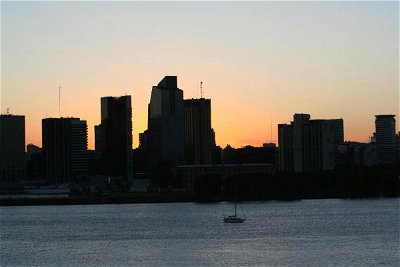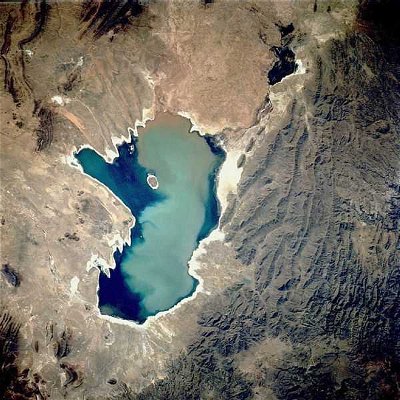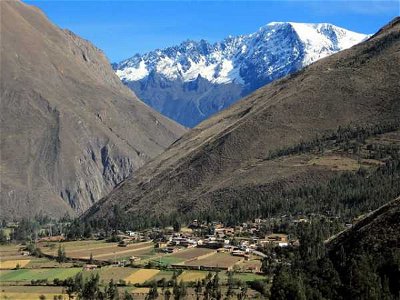 Most of these pictures were taken at various ports of call on a cruise of the southern parts of South America. The cruise also entered Antarctica but that part of the cruise is covered in a different quiz!
Most of these pictures were taken at various ports of call on a cruise of the southern parts of South America. The cruise also entered Antarctica but that part of the cruise is covered in a different quiz! Average, 10 Qns, skunkee,
Jun 14 18
 Most of these pictures were taken at various ports of call on a cruise of the southern parts of South America. The cruise also entered Antarctica but that part of the cruise is covered in a different quiz!
Most of these pictures were taken at various ports of call on a cruise of the southern parts of South America. The cruise also entered Antarctica but that part of the cruise is covered in a different quiz!  Come along on this visual tour of some of the huge variety of islands that South America has to offer. Good luck!
Come along on this visual tour of some of the huge variety of islands that South America has to offer. Good luck!  South America's rivers and mountains are relatively well-served by quizzes on this site, so for a change I offer ten questions about its lakes and lagoons. See what you know, and enjoy the pictures.
South America's rivers and mountains are relatively well-served by quizzes on this site, so for a change I offer ten questions about its lakes and lagoons. See what you know, and enjoy the pictures. |
|
 Hop on aboard our cruise ship as we sail along the coast of South America stopping to take in the interesting sights on our way.
Hop on aboard our cruise ship as we sail along the coast of South America stopping to take in the interesting sights on our way.  Let's take a visual tour around the continent of extremes, South America!
Let's take a visual tour around the continent of extremes, South America!  You find yourself about to head down a major river in South America. But it's not the Amazon! This time we will be exploring the Orinoco River and the countryside through which it flows.
You find yourself about to head down a major river in South America. But it's not the Amazon! This time we will be exploring the Orinoco River and the countryside through which it flows.  There are more than 1,100 tributaries of the Amazon River. How much do you know about some of the longest among them?
There are more than 1,100 tributaries of the Amazon River. How much do you know about some of the longest among them? |
|
 = Top 5% Rated Quiz,
= Top 5% Rated Quiz,
 Top 10% Rated Quiz,
Top 10% Rated Quiz,
 Top 20% Rated Quiz,
Top 20% Rated Quiz,
 A Well Rated Quiz
A Well Rated Quiz
· All questions, answers, and quiz content on this website is copyright FunTrivia, Inc and may not be reproduced without permission. Any images from TV shows and movies are copyright their studios, and are being used under "fair use" for commentary and education.